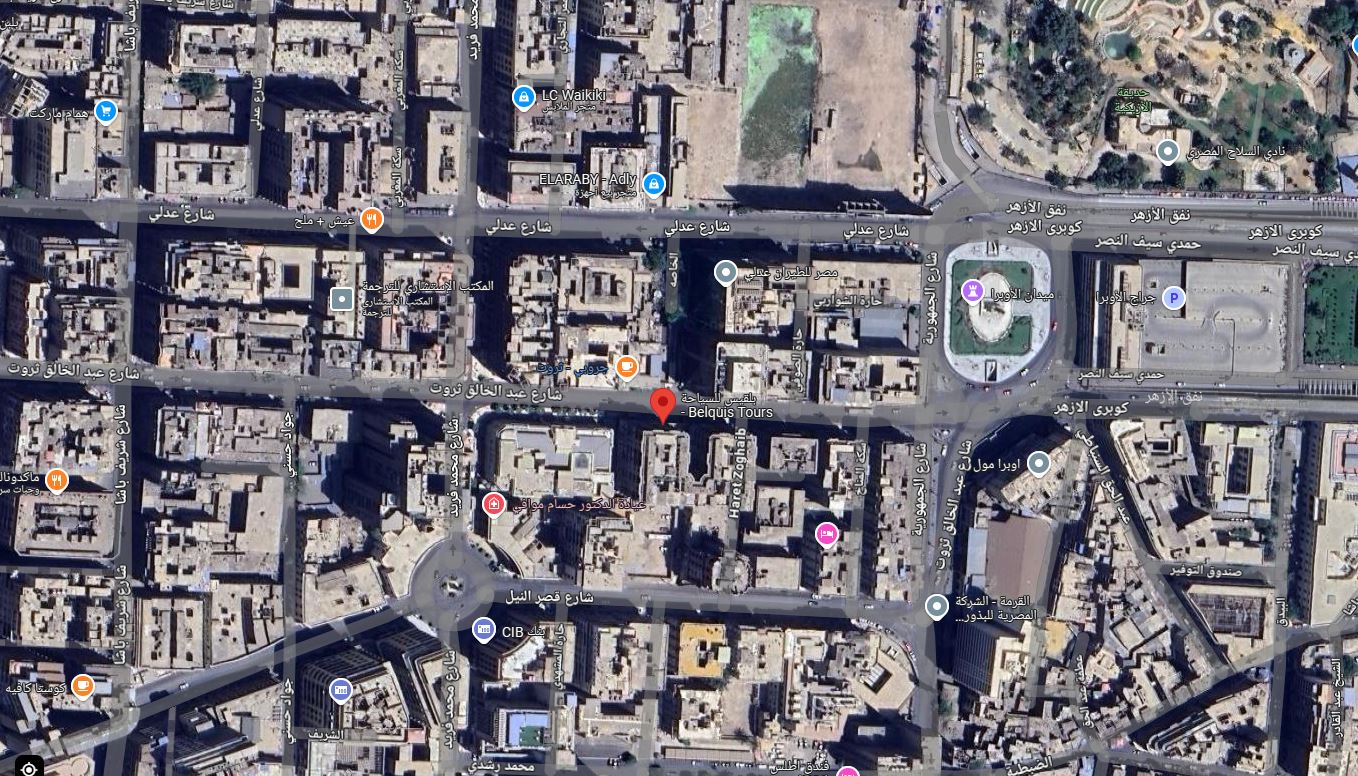Philae temple
Philae Island, located in the Nile River near Aswan, was a key fortress on Egypt’s southern border. It divided the Nile into two channels and housed the Temple of Philae, later relocated to Agilika Island after the High Dam’s construction.
The name “Philae” comes from Greek, meaning “beloved,” while its Arabic name, Anas al-Wujud, references One Thousand and One Nights. Its ancient Egyptian and Coptic name, Bilak, means “border,” marking Egypt’s southernmost limit. The island’s temple complex was dedicated to the worship of Isis.
This temple, dedicated to the goddess Isis, was submerged by the waters of the Nile and later dismantled and reassembled at a new location on Agilika Island, about 500 meters from its original site on Philae Island. Its structures include a temple dedicated to Hathor, and visitors can enjoy the Sound and Light Show at night, which is presented in different languages. Egypt was a prosperous part of the Roman Empire and became truly wealthy, leading to the construction of several new cities. One of Egypt’s most famous Roman-era monuments is the so-called “Pharaoh’s Bed,” or the Kiosk of Trajan. This structure was built on Philae Island by the Roman ruler Trajan
Temples on Philae Island
A large number of temples were built on Philae Island, the oldest dating back to the reign of King Thutmose III (1490–1436 BC). In the 4th century BC, King Nectanebo I (378–341 BC) constructed a massive temple, followed by Ptolemy Philadelphus (3rd century BC), who built his grand temple. Many Ptolemaic kings and Roman governors continued adding structures, making Philae crowded with temples, the most famous being the “Pharaoh’s Bed.”
The island also features numerous statues of ancient Egyptian kings.
The earliest ruins on Philae date back to King Taharqa (25th Dynasty). The Temple of Isis is the largest and most significant monument on the island, covering about a quarter of its area. Other notable structures include the Kiosk of Nectanebo I (30th Dynasty), two colonnades from the Roman era, the Greek-Roman Temple of Arensnuphis, the Roman-era Temple of Mandulis, and the Ptolemaic Temple of Imhotep. Among the smaller temples surrounding the main complex are the Temple of Hathor (Ptolemaic period) and the Kiosk of Trajan.







